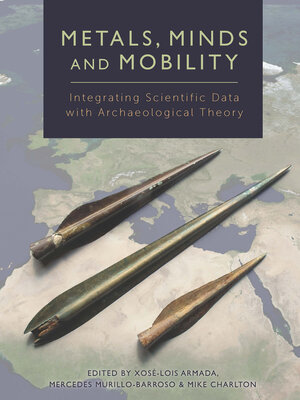Metals, Minds and Mobility
ebook ∣ Integrating Scientific Data with Archaeological Theory
By Xosé-Lois Armada

Sign up to save your library
With an OverDrive account, you can save your favorite libraries for at-a-glance information about availability. Find out more about OverDrive accounts.
Find this title in Libby, the library reading app by OverDrive.



Search for a digital library with this title
Title found at these libraries:
| Library Name | Distance |
|---|---|
| Loading... |
Metals, Minds and Mobility seeks to integrate archaeometallurgical data with archaeological theory to address longstanding questions about mechanisms of exchange, mobility and social complexity in prehistory. The circulation of metal has long been viewed as a catalyst for social, economic and population changes in Europe. New techniques and perspectives derived from archaeological science can shed new light on the understanding of the movement of people, materials and technological knowledge. In recent years these science-based approaches have situated mobility at the forefront of the archaeological debate. Advances in the characterization of metals and metallurgical residues combined with more sophisticated approaches to data analysis add greater resolution to provenance studies. Though offering better pictures of artifact source, the explanation of artifact distribution across geographic space requires the use of theoretically informed models and solid archaeological evidence to discern differences between the circulation of raw materials, ingots, objects, craftspeople and populations. Bringing together many leading expert contributions addressing topics that include the invention, innovation, and transmission of metallurgical knowledge; archaeometric based models of exchange; characterization and discrimination of different modes of material circulation; and the impact of metals on social complexity. The 13 papers are organized in three main sections dealing with key debates in archaeology: transmission of metallurgical technologies, knowledge, and ideas; prestige economies and exchange; and circulation of metal as commodities and concludes with a review of current approaches, situating the volume in a broader context and identifying future research directions.







